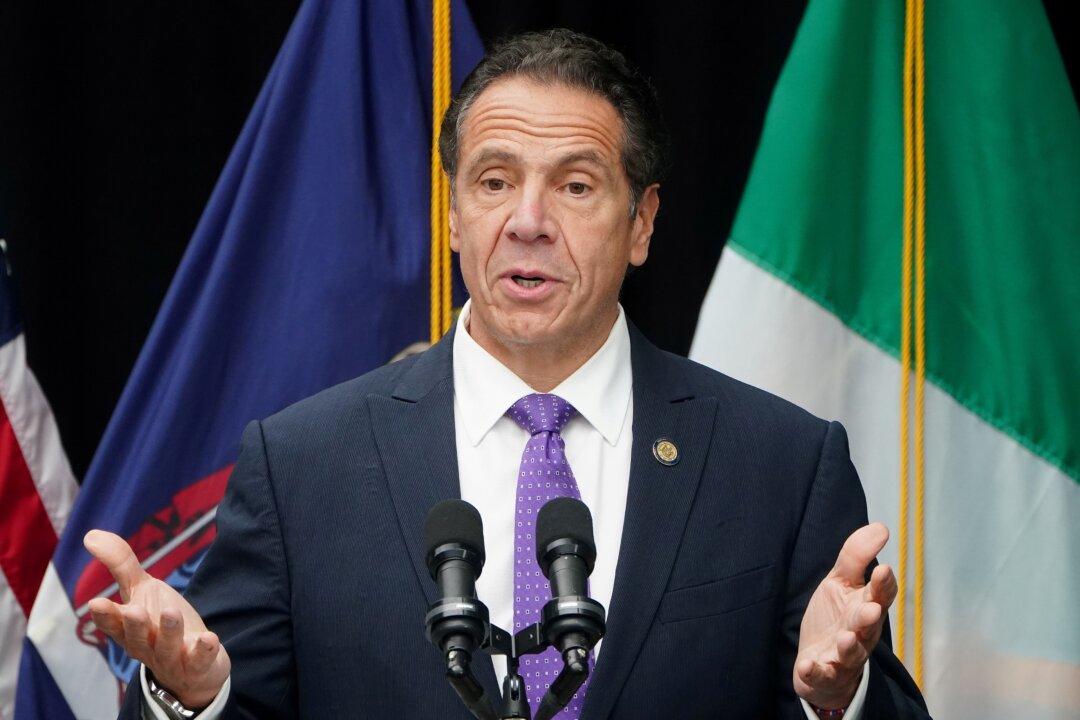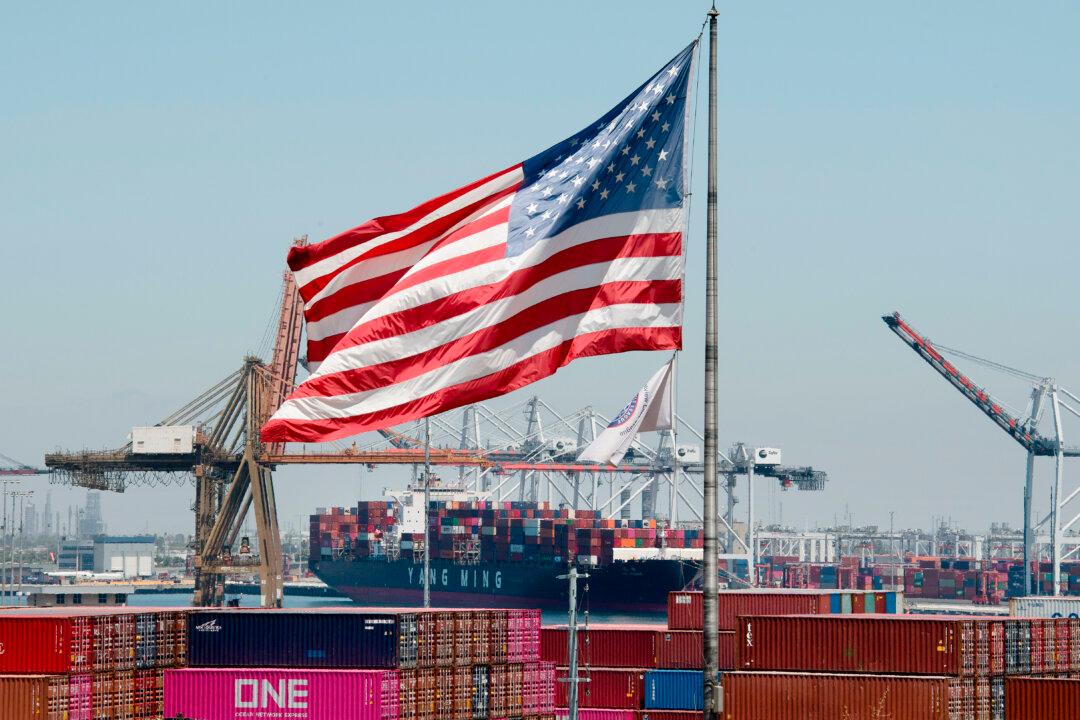A CNN representative told The Washington Post that the network has reimposed a rule prohibiting anchor Chris Cuomo from covering his brother, New York Gov. Andrew Cuomo, reversing a temporary suspension of the rule that’s meant to guard against conflicts of interest.
“The early months of the pandemic crisis were an extraordinary time. We felt that Chris speaking with his brother about the challenges of what millions of American families were struggling with was of significant human interest,” CNN told the publication, defending the numerous interviews Chris Cuomo conducted with his brother.





